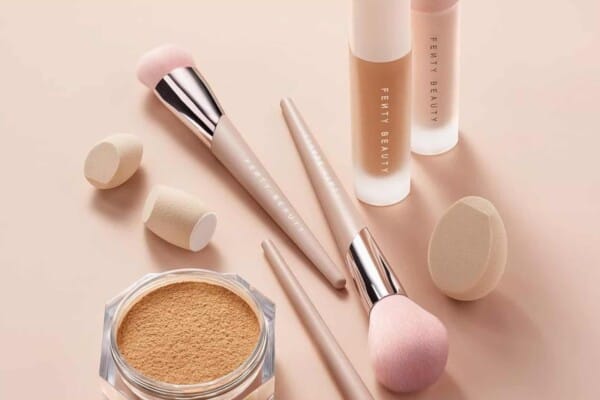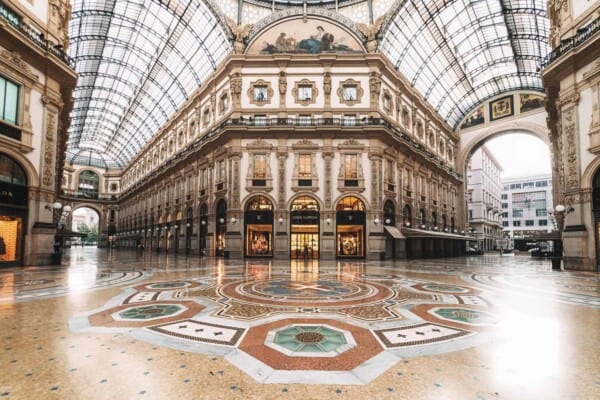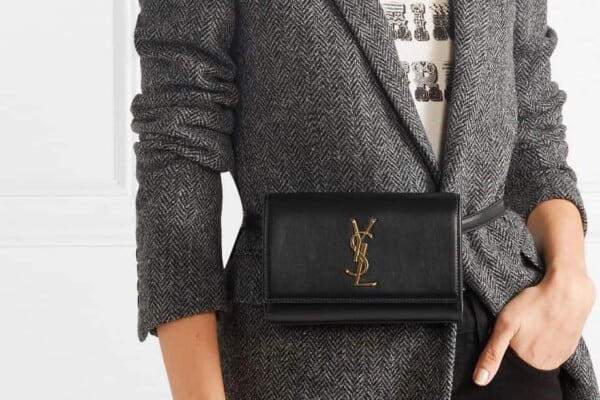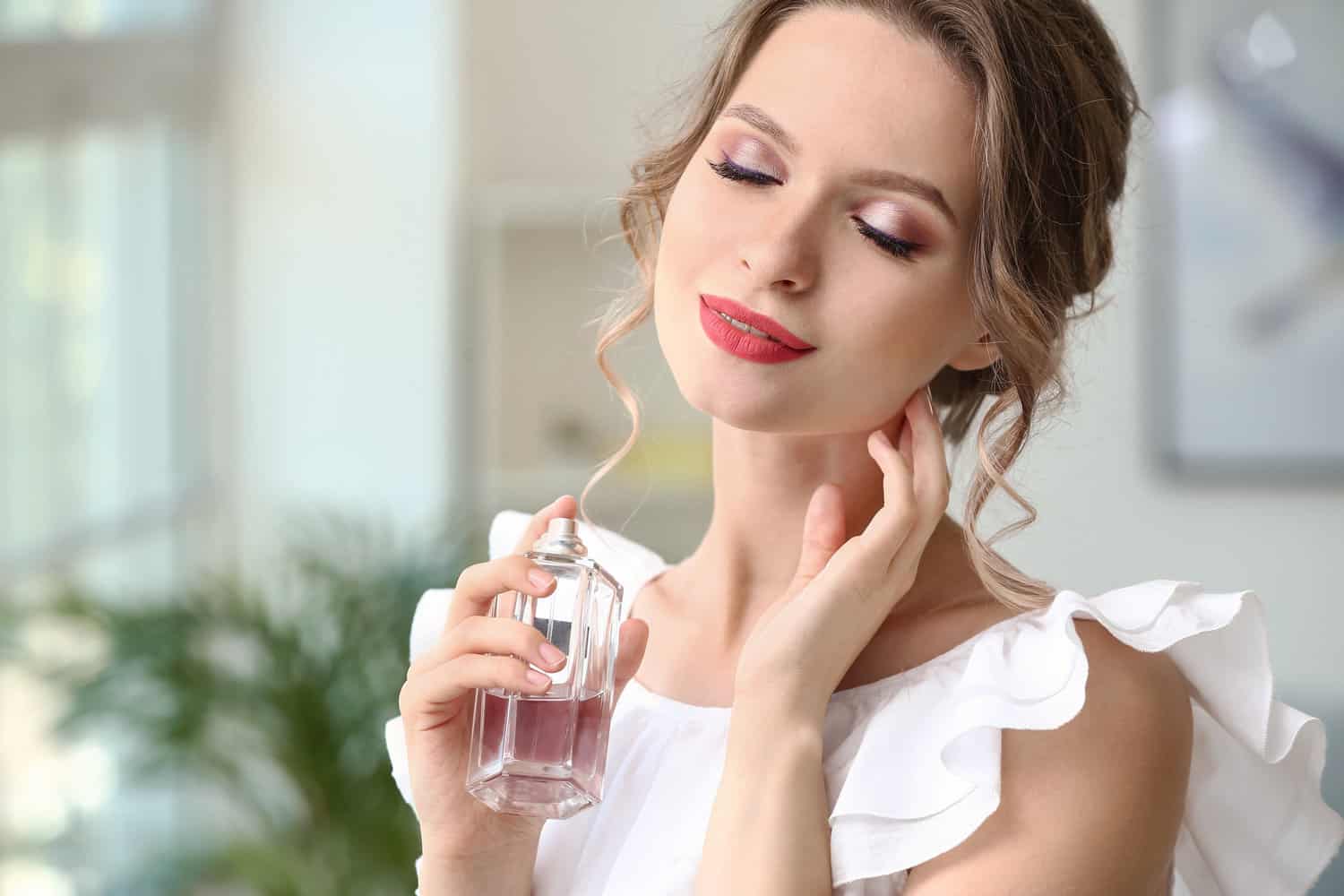
Many of us often wonder what the difference between cologne and perfume is. The answer to this question can be summed up pretty quickly: it all comes down to the concentration of essential oils they contain.
Although the explanation is a bit more complex than that, that’s the most simplistic answer. We will attempt to clarify things in this article, so keep reading if you’ve always wondered what is the difference between cologne and perfume.
The concentration of the oils and scents added to these fragrances depend greatly on quality, therefore the prices vary greatly from brand to brand. When shopping for a scent that you will adore, there’s a lot of trial and error involved.
Another question that comes to mind is, can men wear both cologne and perfume? Yes, they actually can. perfume wasn’t created only for women. There are many brands that cater to the male population as well. Thinking that perfume is feminine is an outdated mentality.
The difference between cologne and perfume lies in the oil concentration, not ‘feminine’ or ‘masculine’ scents. While women tend to prefer stronger, more long-lasting scents, men generally opt for lighter, more subtle scents.
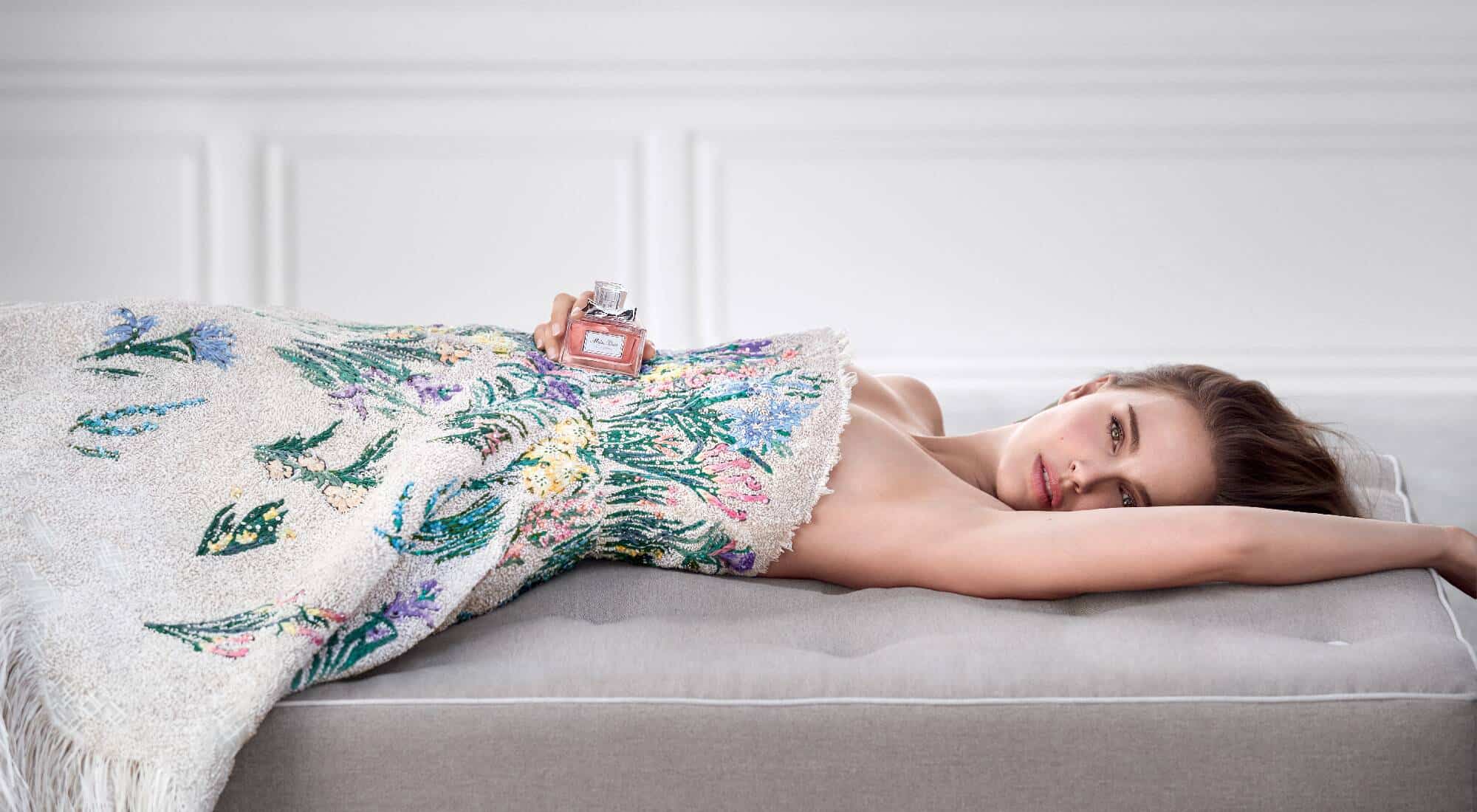
A lot of brands also make unisex fragrances, so the lines between masculine and feminine scents are more blurred now than they used to. If you really want to be sure that it is a male fragrance, look for the name ‘Homme’ or ‘for men’ on the label. If you don’t see such a detail, then it is a safe bet to assume that it is probably a woman’s perfume.
Cost is another factor that will give you a good indication whether the fragrance is a perfume, eau de parfum, or a cologne. Since their prices are determined by oil concentration, the fragrances that contain a higher concentration of essential oils will by default cost more.
Some luxury brands also have their own essential oils that are harvested from rare, special plants that only grow in specific areas. That is another reason why you’ll see some exuberant prices for some of these luxurious perfumes.
Let us attempt to make things a little simpler to navigate when you’re in need of shopping for your next signature scent. But first..
How are Fragrances Made?
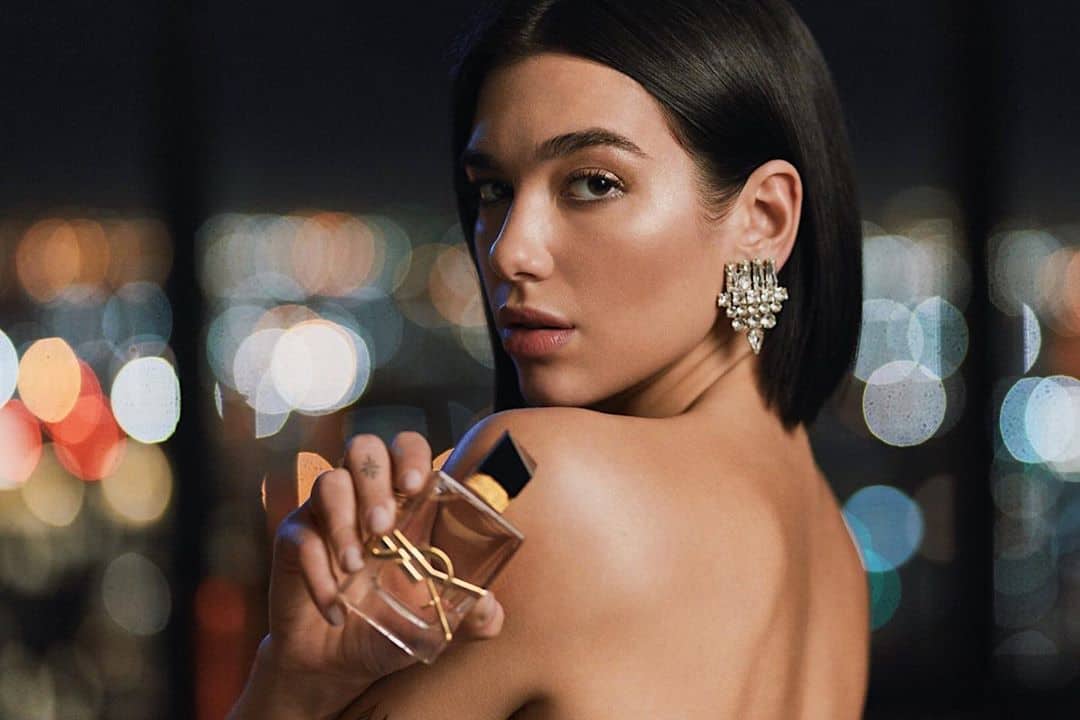
There isn’t a simple answer to this question. Each brand has their own recipes for each particular scent, but usually it consists of a blend of natural and synthetic oils. Perfume manufacturers will blend the natural and synthetic oils, then use a carrier, such as alcohol or water.
The oils get diluted and the scent gets stabilized, which results in the scent that you smell. Let’s see the main characteristics these different types of scents entail:
- The fundamental similarity between them lies in the perfume essence, or the concentration of oil in the fragrance.
- In turn, each fragrance has its own particular essence that is made up of four things: animal extracts, essential oils, synthetic oils, and absolutes.
- Animal extracts include musk, whether you believe it or not, among other scents.
- Essential oils are widespread, and they make up the larger category. You will find smells like sandalwood or cedarwood, just to name a couple.
- Similar to essential oils, absolutes are concentrated oil mixtures that are extracted from plants, and they are highly aromatic. Good examples of absolutes are rose or jasmine.
To finish off, the final results include synthetic man-made chemical blends. Luxurious brands use them sparingly in their perfumes, hence the high prices of their products.
Now, each brand has their own particularities and percentages of these combined ingredients, which makes their scents unique.
How Are Oils Classified?
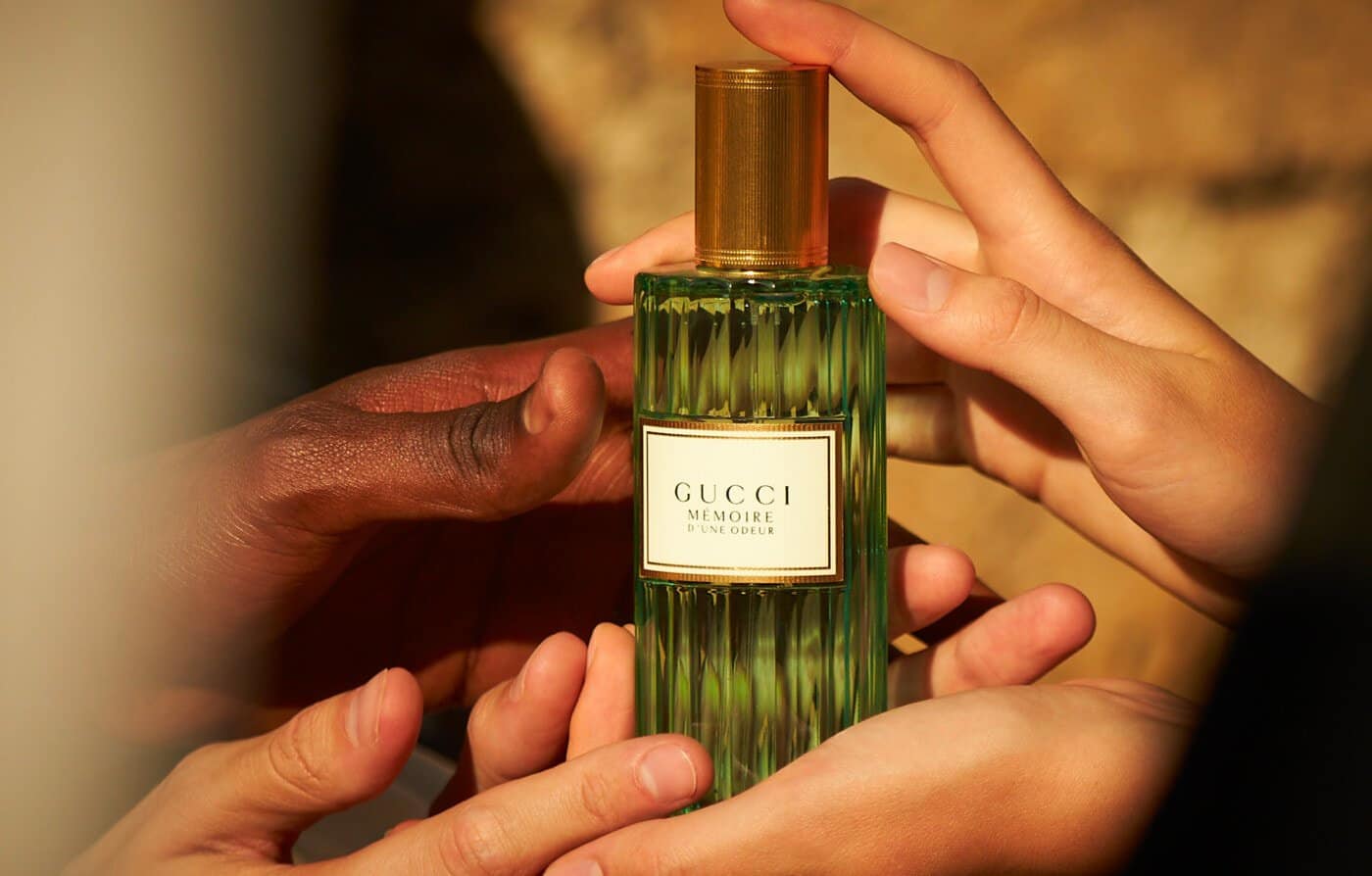
Essential oils also differ from one another, and the results are the notes of each fragrance. They are in turn divided into three categories. These include the base notes, heart or middle notes, and top notes.
- Top notes are what you first smell once you apply your fragrance. It possesses volatile qualities, and their scents dissipate rather quickly. Then the heart, or muddle notes will come through, to be followed by the base notes, or the ones that linger the longest. Examples of top notes include fruity scents such as grapefruit, orange, and herbs such as basil or lemongrass.
- Middle, or heart notes have quite a large inventory. You will find many herbs and spices included in this category, such as cinnamon, nutmeg, pepper, neroli, juniper, among many others.
- Finally, base notes are made up of the strongest scents available. In this category, you will find cedarwood, patchouli, sandalwood, and vanilla.
Once those notes are blended correctly and in the right percentages, that will determine whether the fragrance is a cologne or a perfume.
How to use Essential Oils Correctly?
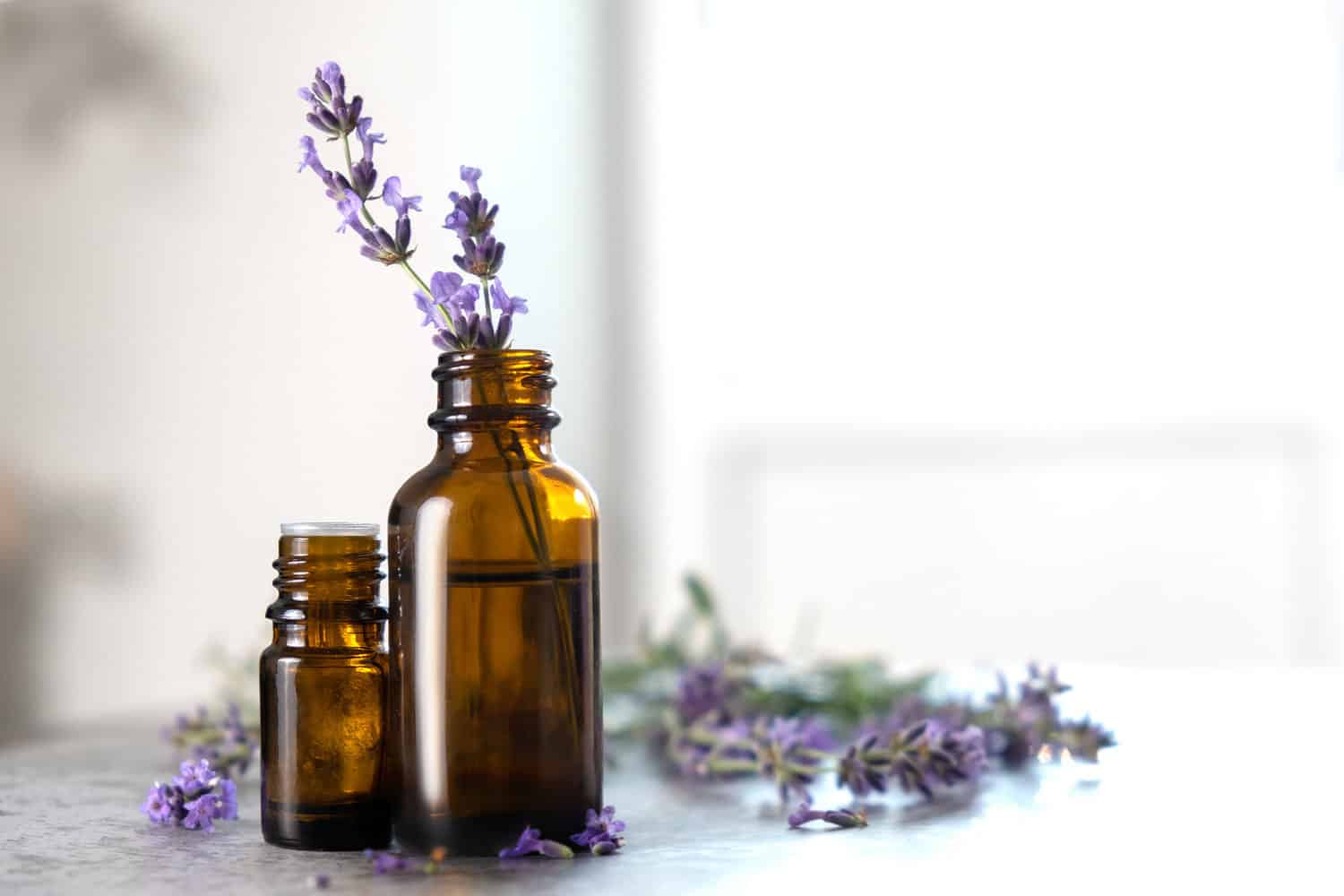
Essential oils by themselves can be pretty potent, therefore they need to be blended and diluted with other elements in order to bring out its best qualities. Alcohol and water are used to dilute the essential oils, and also blend and mix them with the other elements that are part of each particular scent.
The type of fragrance depends on the concentration level of the ingredients in the oils and alcohol or water blends. Seems pretty complex, and it actually is. Many perfumers, or expert “Noses’ as they are referred to, have a special skill.
Knowing exactly which ingredients to combine at the exact percentage does not come naturally to all.
Having said that, let’s see which are all the possible fragrance types available on the market.
Fragrance Types
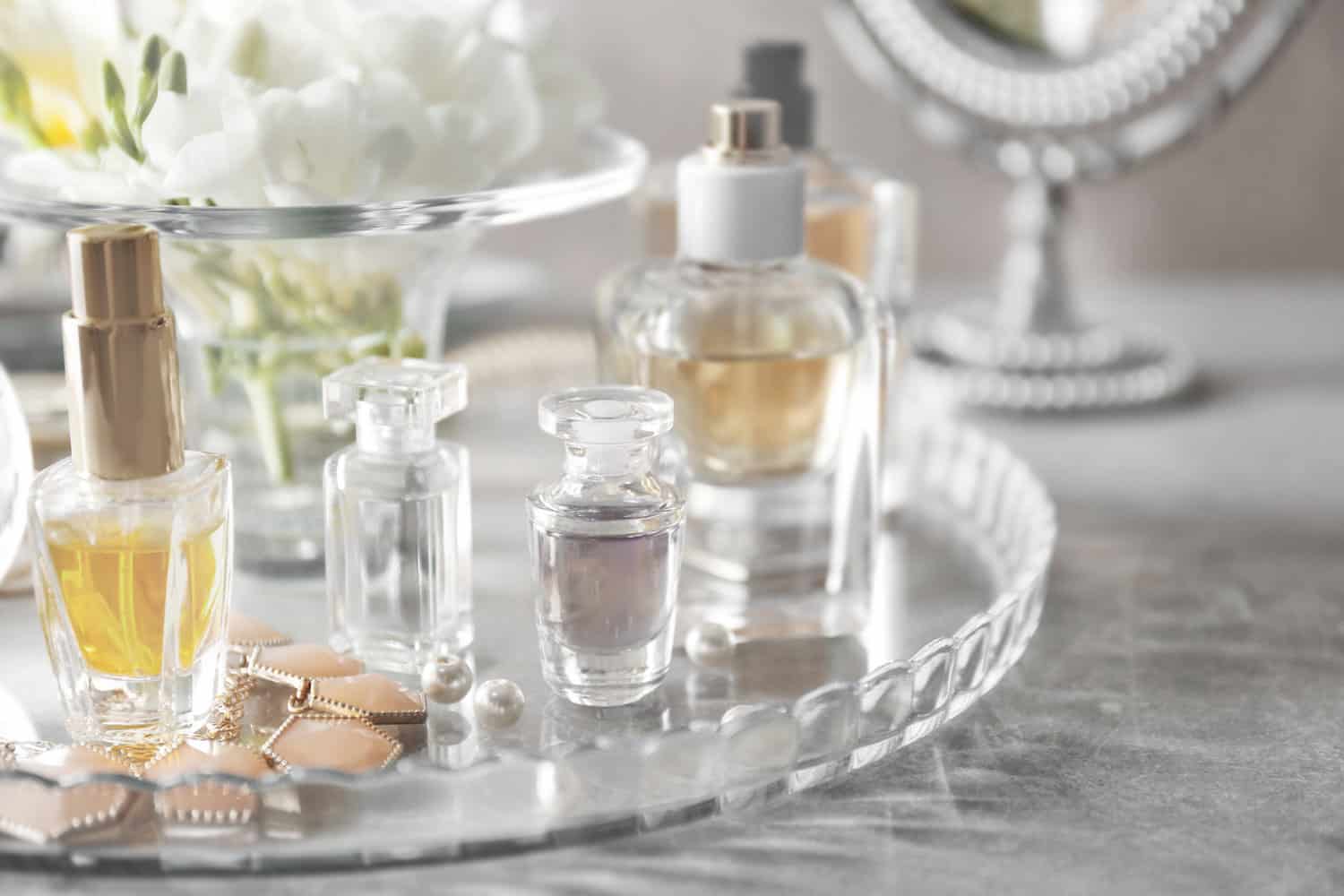
Aftershave
With the lowest concentration of oils, aftershaves usually contain up to 3% of pure oils in their mixture. The rest is a blend of water, alcohol, and some soothing elements such as aloe vera.
Since aftershave is applied to the face following shaving, it is meant to moisturize and soothe the skin. A nice subtle scent is always pleasant, but you probably don’t want something too strong on your face.
Eau Fraiche

The key word here is Eau, which means that the fragrance is watered down, and only contains about 1-3% of pure oil concentration. Unlike traditional fragrances, eau fraiche is mixed with water rather than alcohol.
That makes the scent disappear quickly, but it is a great option for those who don’t like strong, overwhelming scents. It is typically used to freshen up, not to get noticed at a fancy event, for example.
Also, it is a great option for the budget savvy, or those that are more sensitive to strong smells. Since it is mostly water based, it does not irritate the skin much.
Cologne
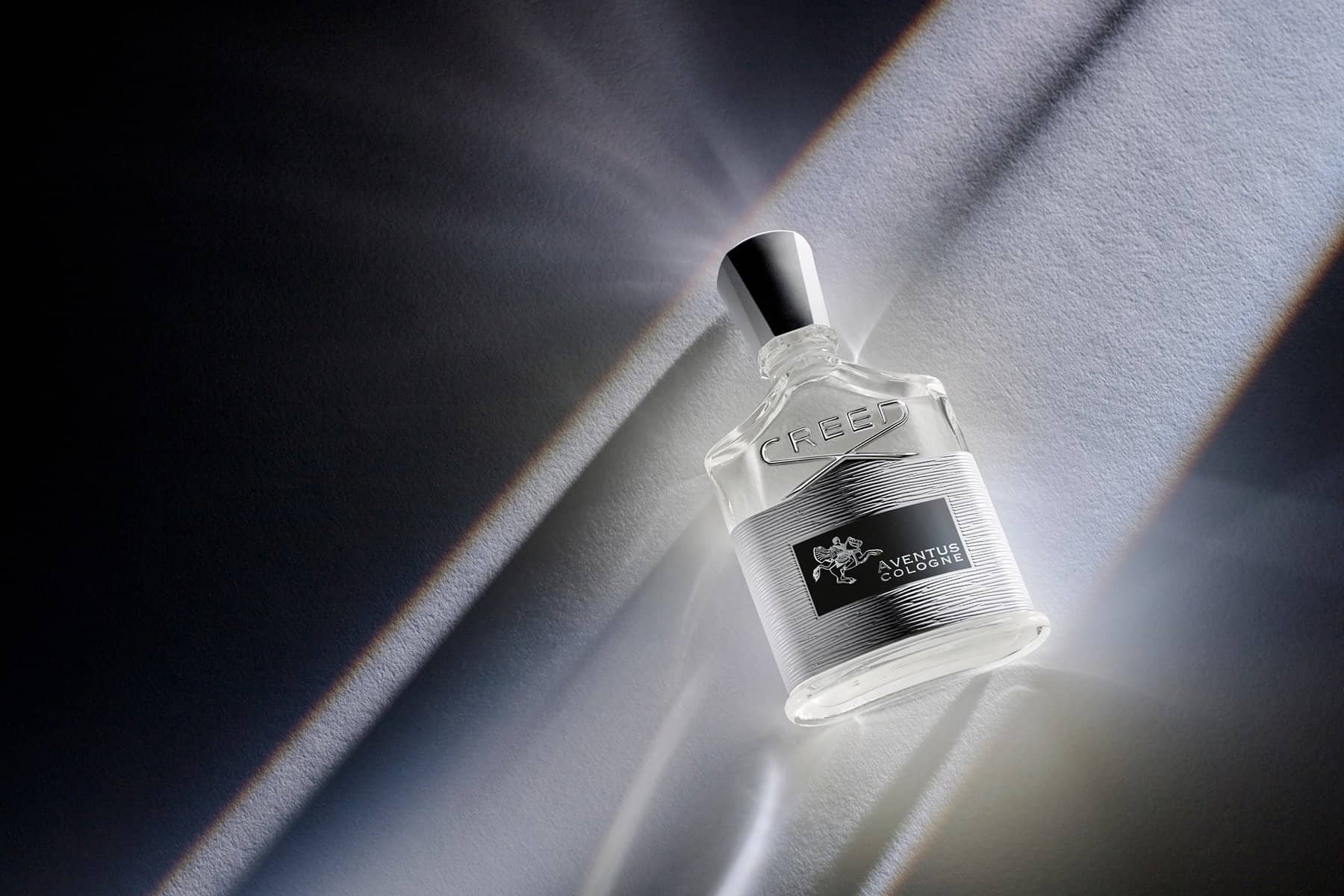
Cologne, or eau de cologne, as it is referred to in Europe, has a very light concentration of perfume oils. It carries 2-4 % of the pure oil concentration, which is cut with mostly alcohol for a quick freshen up.
They don’t last all day, but you can usually still smell them after about 2-3 hours. They are also more affordable than the other types of perfume. Typically, eau de cologne was a recipe that included citrus notes blended with herbs, but not much base notes.
That is why colognes are a lighter, more affordable option for everyday wear.
Eau de Toilette
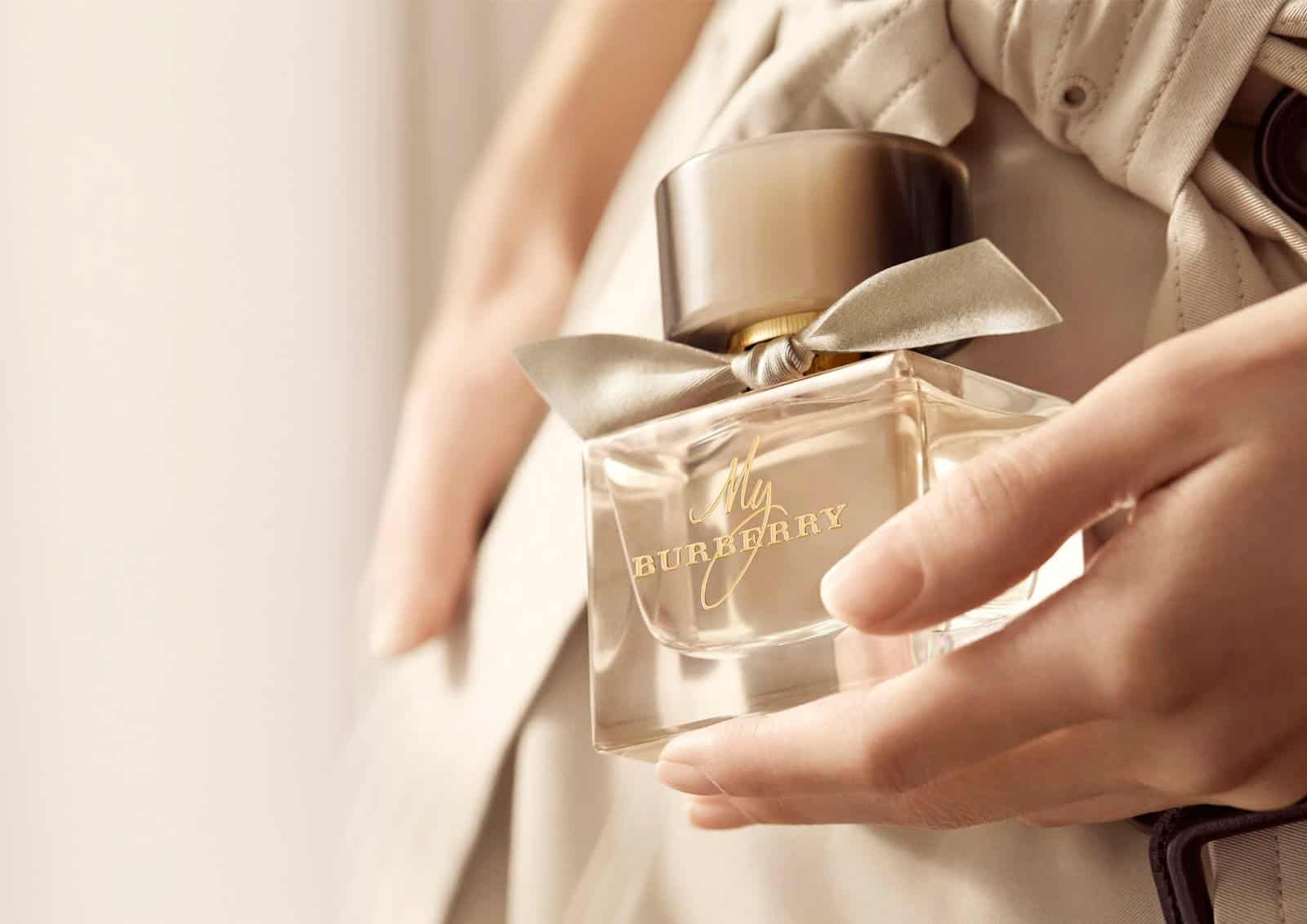
Not meant to last all day long, you can count on your eau de toilette to last almost half a day, or anywhere between 3 to 5 hours. With a 5-15% oil concentration, the “Dressing Water” will bring a lighter wear to the skin.
If you’re more of a strict rule follower, eau de toilette is believed to be more appropriate for daytime wear, while eau de parfum for the nighttime. This common concentration for men’s fragrances is what is commonly known as cologne, and it is the most widely available.
The name came from the French ”faire sa toilette”, which basically means that you’re getting ready to leave the house.
Eau de Parfum
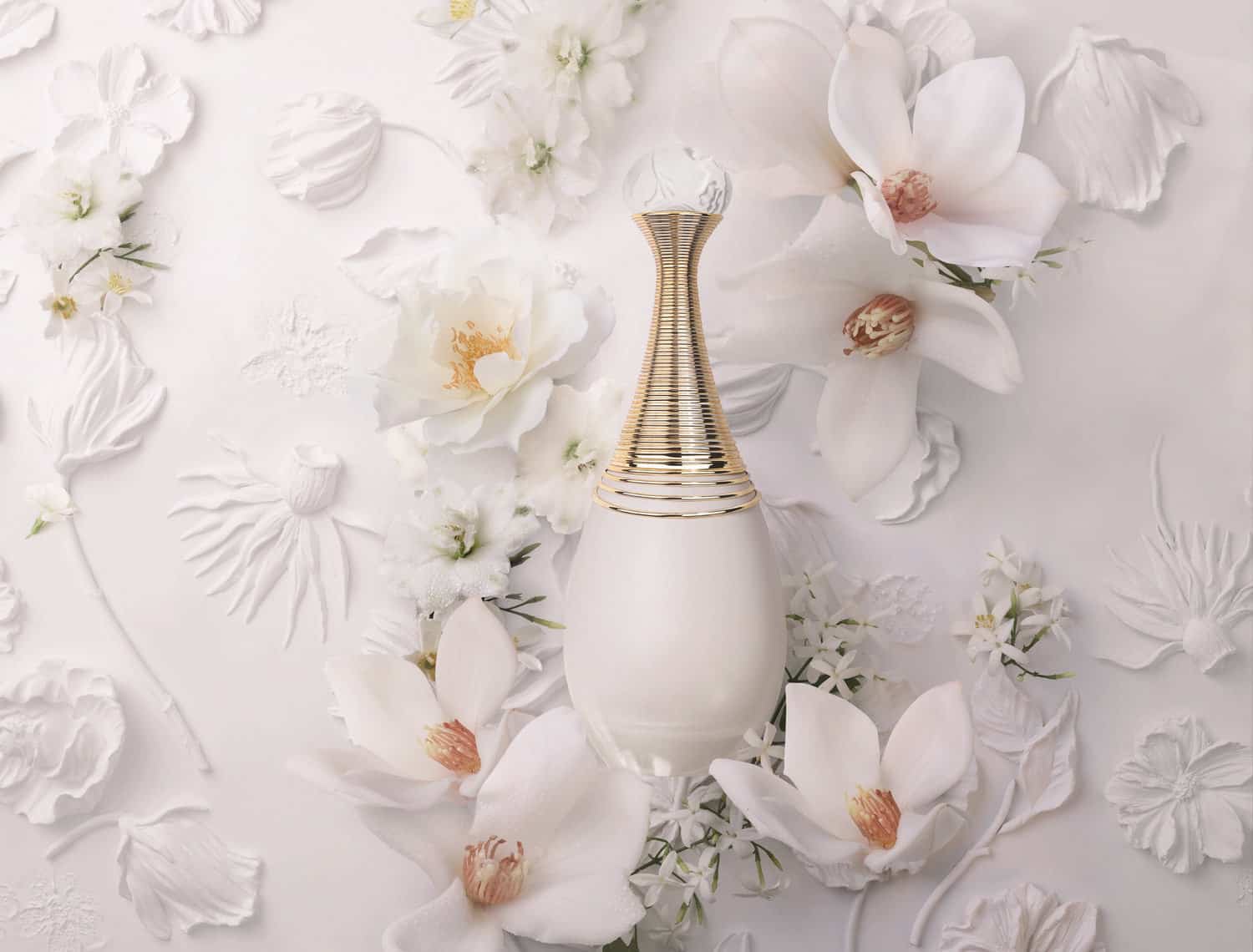
With a 15-20% oil concentration, eau de parfum lasts between 5 and 6 hours. It does contain a slightly higher percentage of alcohol than pure perfume, but it works well for people with skin sensitivities.
The most common type of fragrance, it is widely popular for every occasion. Historically, this is a genderless fragrance. Although it is mostly used for evenings out, it can be an option for day wear as well.
This is for the people who want to get noticed, but don’t want to dish out a ridiculous amount of money to smell great.
Perfume Extrait
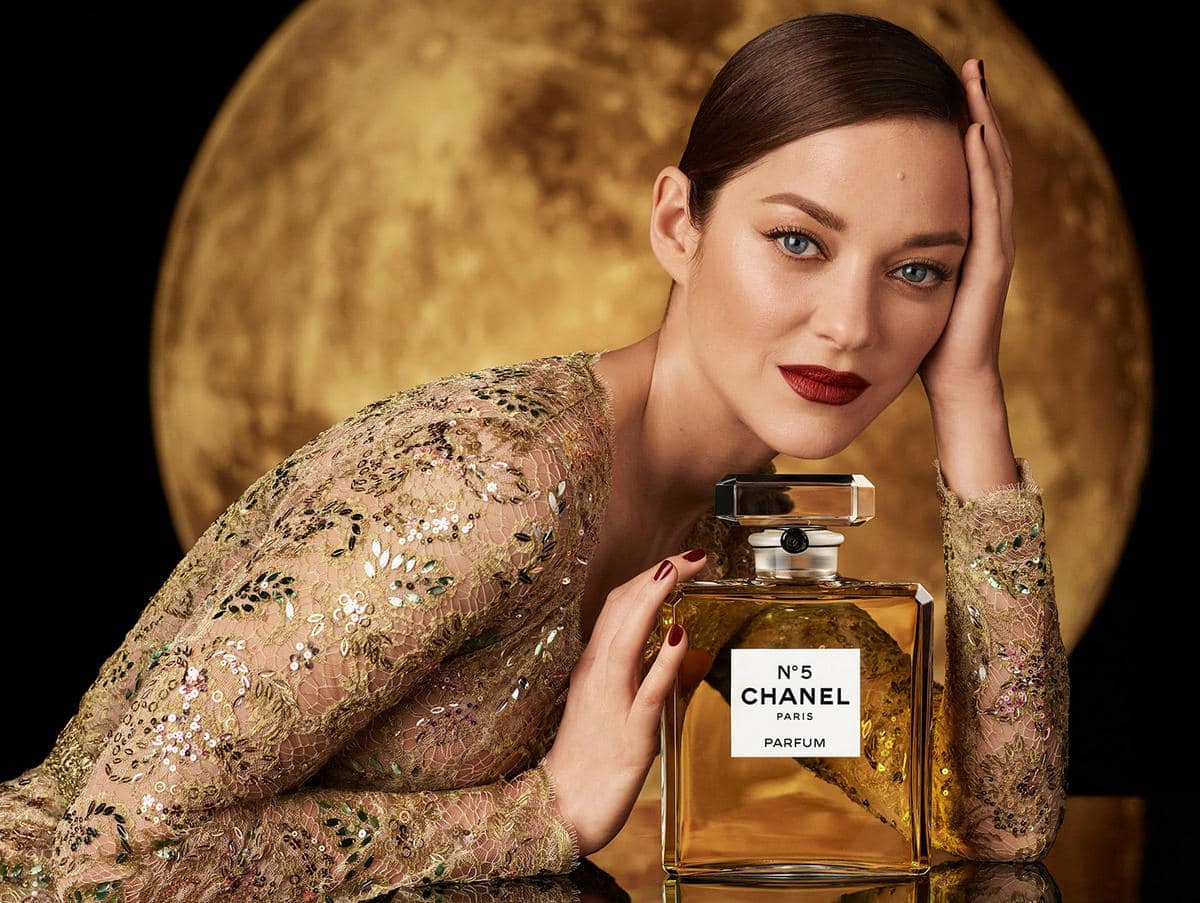
Perfume has the highest concentration of essential oils of them all, and provides the strongest scent in any product line. With a 20-30% pure oil concentration, the extrait de parfum, or pure perfume, also lasts the longest.
Some can go anywhere between 6-8 hours, or the better part of an entire day. The regular parfum contains between 15-40%, while the perfume essence is anywhere between 15-30%. So not significant differences, but enough to be able to differentiate.
Another thing to note about perfume, which is a combination of the latin phrase Per Fumum (through smoke), is that its consistency is pretty thick and oily. Therefore it very rarely, if ever, comes in a spray. It is most often offered in a stoppered bottle.
If you happen to have sensitive skin, perfume will probably work best for you, because it contains the least amount of alcohol. It doesn’t dry out either, which can sometimes be an irritant for some people.
Concluding words
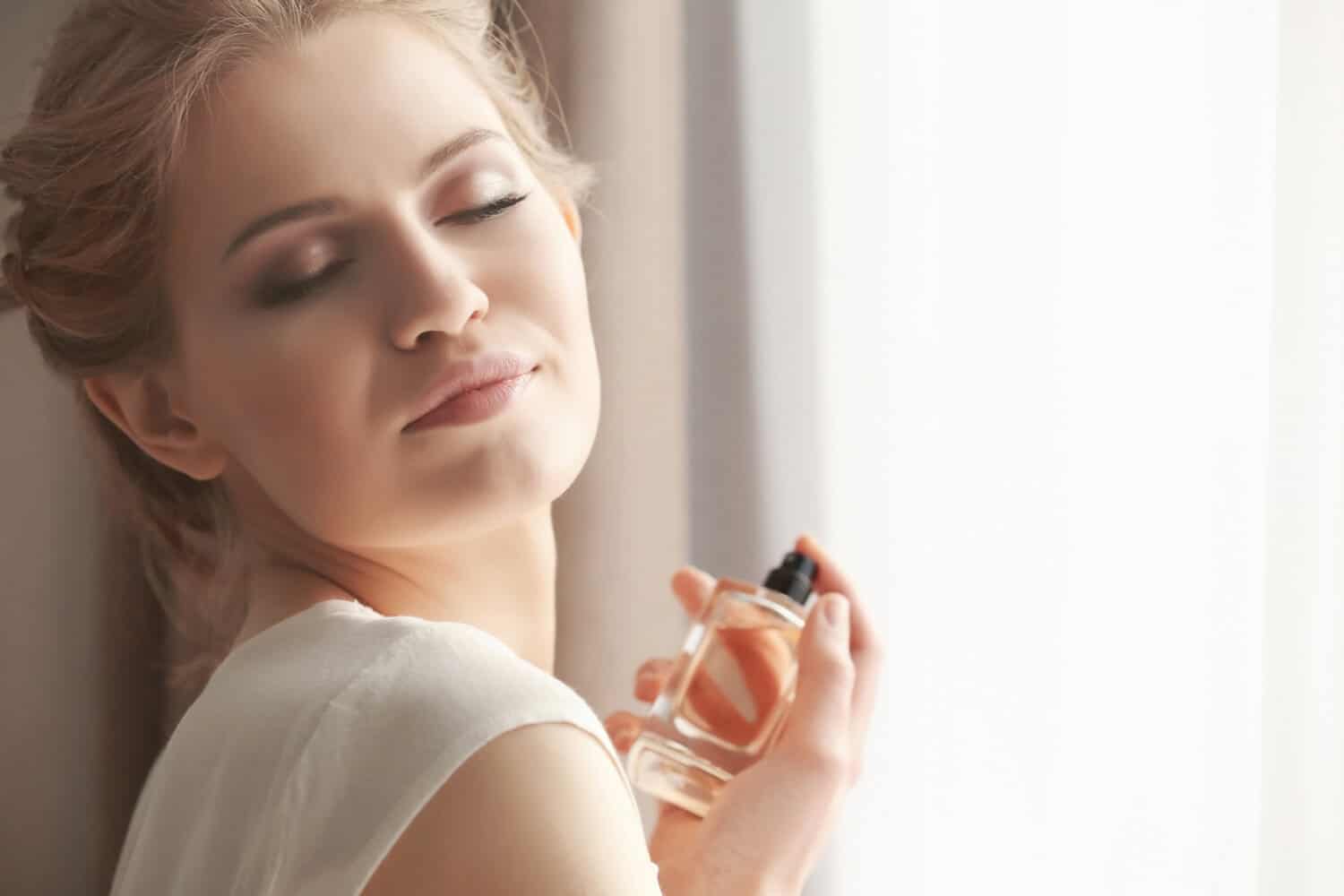
True perfume, as mentioned, will often come in a stoppered bottle, while all the other types of perfume are available in spray form.
While perfume is more expensive off the shelf, it may be a greater investment in the long run, since it is only used sparingly. You will need to use a lot more of the other types of perfume, since they are more diluted.
Hence, you get more value for your money with the true perfume. But the strong scents may not be for everyone, so that will be a choice you’d have to make.
If you want to get really creative, try layering a couple of different fragrances to make your own signature scent.
For example, vanilla tends to blend nicely with a scent that contains citrus, white flowers, or even rich woody notes. Do you prefer marine based scents? They go really well with soft florals such as honeysuckle or lily of the valley. If you find that scent to be too feminine, try a musk fragrance that will complement well an oriental one.
The clove or cardamom spices will add a tangy smell to the mix. Musks also get along well with strong citrus notes, or soft green florals.
We can go on and on about it, but this pretty much sums up the main differences between cologne and perfume. We hope you found this article to be interesting and informative.


